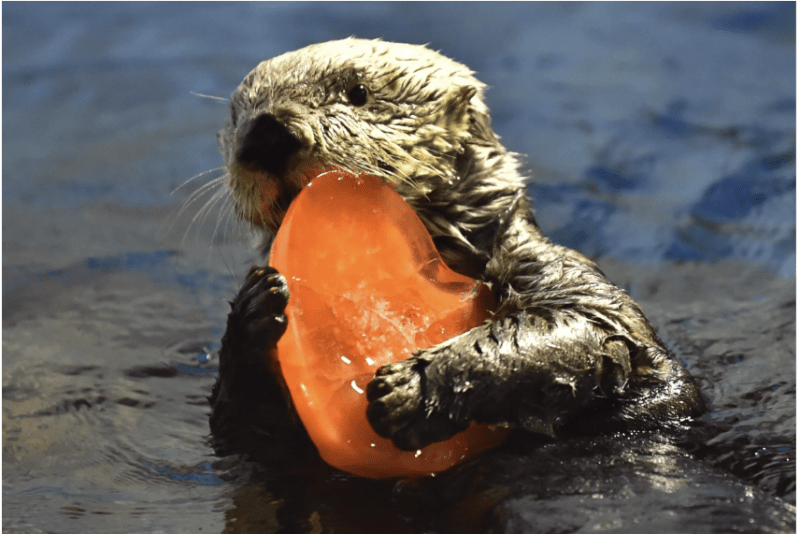
Credit: Kazuhiro Nogi / AFP
WASHINGTON, D.C. – Scientists often study the grim impacts of losing wildlife to hunting, habitat destruction and climate change. But what happens when endangered animals are brought back from the brink?
Research has shown restoring so-called “keystone” species — those with an outsized impact on their environment — is vital for the health of ecosystems, and can come with unexpected benefits for humans.
Here are some notable examples from North America.
Wolves
Few species evoke the American wild as much as wolves.
Though revered by Indigenous communities, European colonists who arrived in the 1600s embarked on widespread extermination campaigns through hunting and trapping.
By the mid-20th century, fewer than a thousand gray wolves were left in the continental United States, down from at least a quarter million before colonization.
Extinction was averted in the 1970s when lawmakers passed the Endangered Species Act, helping revive the apex predator in parts of its former range.
Then, in the mid-1990s, the government […]











I have signed a multitude of petitions against the killing of wolves out west for no aparent reason at all. I find this action reprehensible.